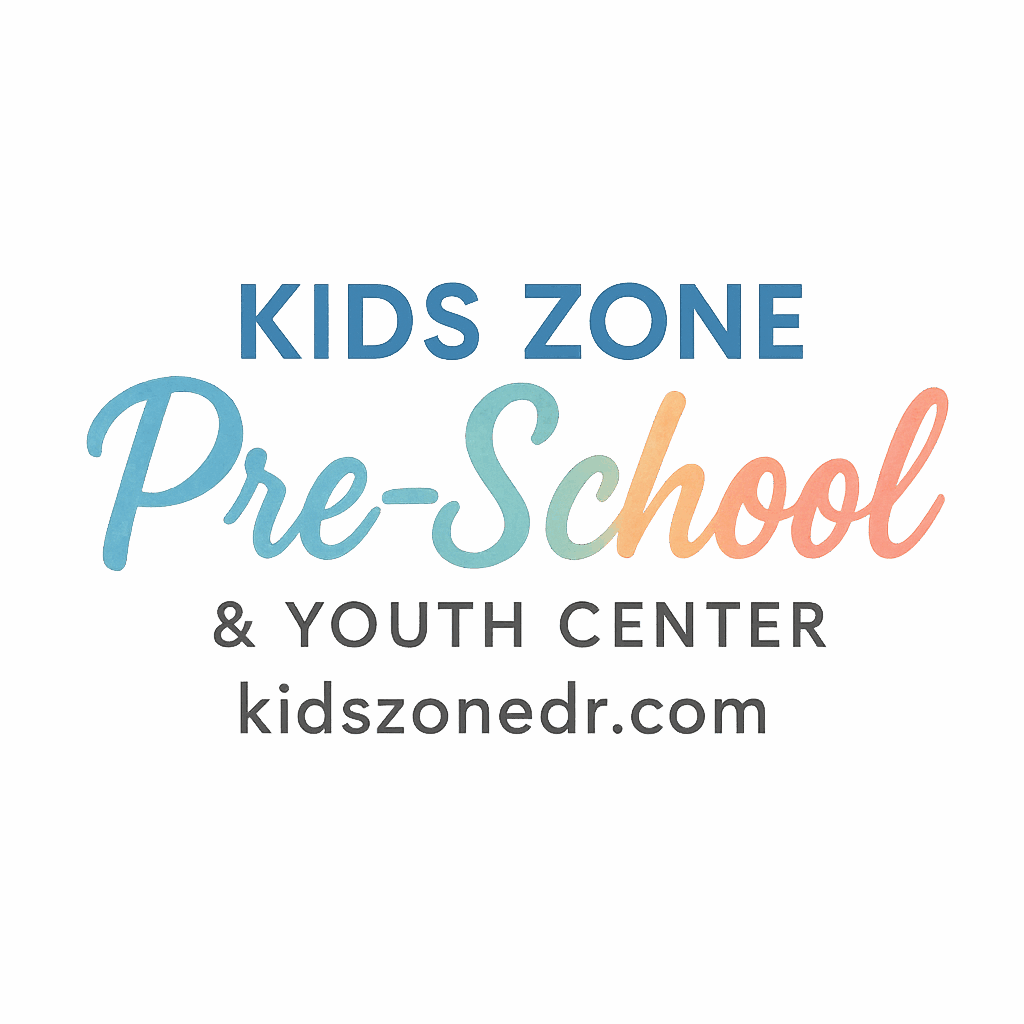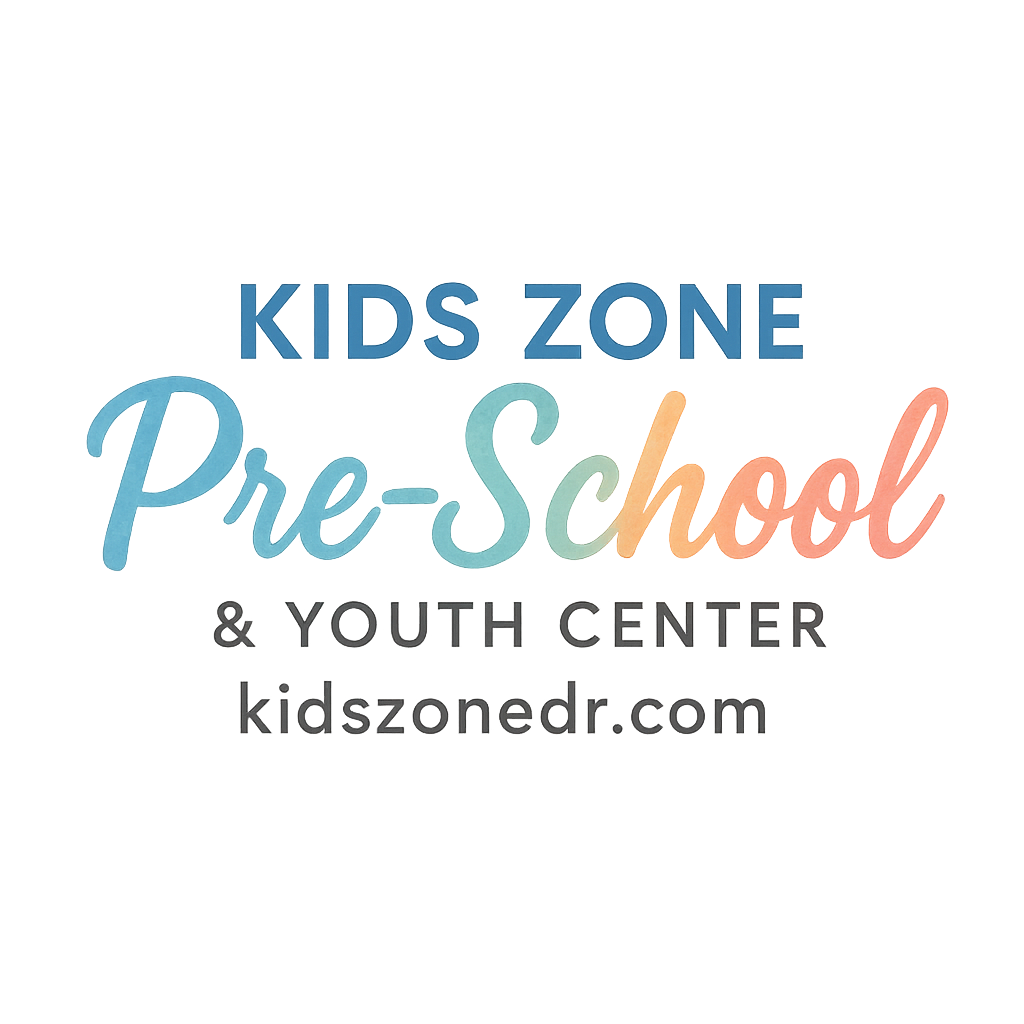Introduction
When you think about fitness for preschoolers and young kids, you might picture running, jumping, or playing ball. But here’s something you might not have thought of—dance! Dance routines are not just fun; they’re also powerful tools for improving physical fitness, boosting confidence, and encouraging healthy habits early in life. In this post, we’ll explore 9 preschool and youth center dance routines for fitness that are easy to implement, engaging, and packed with developmental benefits.
Why Dance is Essential for Preschool & Youth Fitness
Dance is more than just moving to music—it’s a full-body workout disguised as play. Especially in preschool and youth center environments, dance helps little learners grow in ways traditional exercise sometimes can’t.
Building Motor Skills
Young kids are still mastering basic movements. Dance routines help them practice balance, coordination, and control in a fun way. A child pretending to stomp like an elephant or tiptoe like a ballerina is unknowingly improving gross motor skills.
Boosting Social Confidence
Dancing together builds teamwork and self-confidence. When kids perform routines with peers, they learn collaboration, social cues, and how to shine in their own spotlight without fear.
Encouraging Healthy Habits Early
Dance is a form of exercise kids love. When introduced early, it fosters a mindset that exercise is enjoyable, not a chore. This habit contributes to long-term wellness and aligns with healthy preschool routines.
How Dance Supports Early Learning Development
Dance doesn’t just improve physical health—it also fuels brain development.
Mind-Body Connection
Through dance, kids learn how to connect movement with thought. This connection sharpens memory, sequencing, and problem-solving skills.
Rhythm and Language Growth
Children who dance to music naturally pick up rhythm and beat, which are strongly tied to language development and reading readiness. Explore more on child talk development.
Creativity and Self-Expression
Dance gives children a safe space to express emotions, whether it’s joy, excitement, or curiosity. It nurtures creativity, helping them build confidence in expressing themselves.
9 Preschool & Youth Center Dance Routines for Fitness
Now let’s dive into practical ideas you can try right away.
1. The Animal Moves Dance
Kids love animals, so why not turn movement into a safari adventure? Have them hop like frogs, stomp like elephants, or flap like birds.
Fitness Benefits of Animal Moves
This routine boosts endurance, flexibility, and coordination while sparking imagination.
2. Freeze Dance Challenge
Play upbeat music and have kids dance freely until the music stops. When it freezes, they hold their position.
Balance and Listening Skills
This game sharpens focus, self-control, and balance while keeping kids giggling.
3. Color and Shape Dance Routine
Lay colored mats or cutouts on the floor. Call out a color or shape, and kids dance their way to it.
Learning Through Movement
This combines fitness with academics, reinforcing shape and color recognition.

4. The Counting Dance
Have kids clap, jump, or spin while counting along—“1, 2, 3, spin!”
Math and Rhythm Fusion
This bridges math and physical play, helping children practice numbers while moving.
5. Cultural Dance Explorations
Introduce simple moves from global dances—like salsa steps, African drumming dances, or Irish jigs.
Building Diversity Awareness
This routine promotes cultural appreciation and gives children a broader worldview.
6. Yoga-Dance Fusion
Mix yoga poses with flowing dance sequences. Kids can stretch like a tree, then twirl like the wind.
Flexibility and Mindfulness
This builds strength and balance while introducing mindfulness practices for kids.
7. The Storytelling Dance
Tell a story (like a trip to the zoo or a space adventure) and let kids act it out through movement.
Imagination in Motion
This strengthens creativity and narrative skills while keeping fitness fun.
8. Parade Dance Routine
Line kids up for a “parade,” with marching, clapping, and waving. Add instruments for extra fun.
Teamwork and Group Rhythm
It encourages group participation, rhythm awareness, and joyful movement.
9. Seasonal or Holiday Dance Fun
Celebrate with themed dances: pumpkin hops for fall, snowflake spins for winter, or bunny hops for spring.
Making Fitness Festive
Kids learn to associate movement with celebration, making dance a joyful tradition.
Tips for Teachers and Parents to Encourage Dance
Creating a Safe Dance Space
Clear the area of obstacles and ensure flooring is safe for active movement. Safety is key—see preschool safety tips.
Keeping It Fun and Inclusive
Encourage participation without pressure. Let every child shine at their own pace.
Linking Dance with Daily Routines
Dance transitions—like a “clean-up dance” or a “morning welcome dance”—can make daily routines smoother. Explore daily preschool activities.
How to Integrate Dance in Preschool Programs
Connecting Dance to Curriculum
Dance can enhance lessons in math, literacy, or cultural studies. Imagine learning numbers through steps or retelling stories through movement.
Dance in Daily Preschool Schedules
Whether as a morning warm-up, a mid-day energy booster, or an end-of-day cool-down, dance routines easily fit into structured preschool schedules.
Conclusion
Dance routines in preschool and youth centers aren’t just about movement—they’re about growth, joy, and connection. From animal moves to cultural explorations, these 9 routines prove that fitness can be fun and educational at the same time. By weaving dance into everyday routines, you’re not just helping kids stay active—you’re also laying the foundation for lifelong confidence, creativity, and health.
FAQs
1. What age can kids start participating in dance routines?
Children as young as 2 can begin simple routines with guidance, building complexity as they grow.
2. How long should a preschool dance session last?
Keep it short and sweet—about 10–15 minutes is perfect for young attention spans.
3. Do kids need special dance shoes or attire?
Not necessarily. Comfortable clothes and safe footwear (or bare feet) are enough.
4. How often should dance be included in preschool routines?
Ideally, include dance 3–4 times a week, or even daily in short bursts.
5. Can dance help shy children open up?
Yes! Dance builds confidence and allows self-expression, making it a great tool for shy kids.
6. Is dance suitable for children with different abilities?
Absolutely. Dance can be adapted to any child’s ability level, ensuring inclusivity.
7. How can parents reinforce dance routines at home?
Parents can play music, join in the routines, and encourage free dance time to support school activities.


